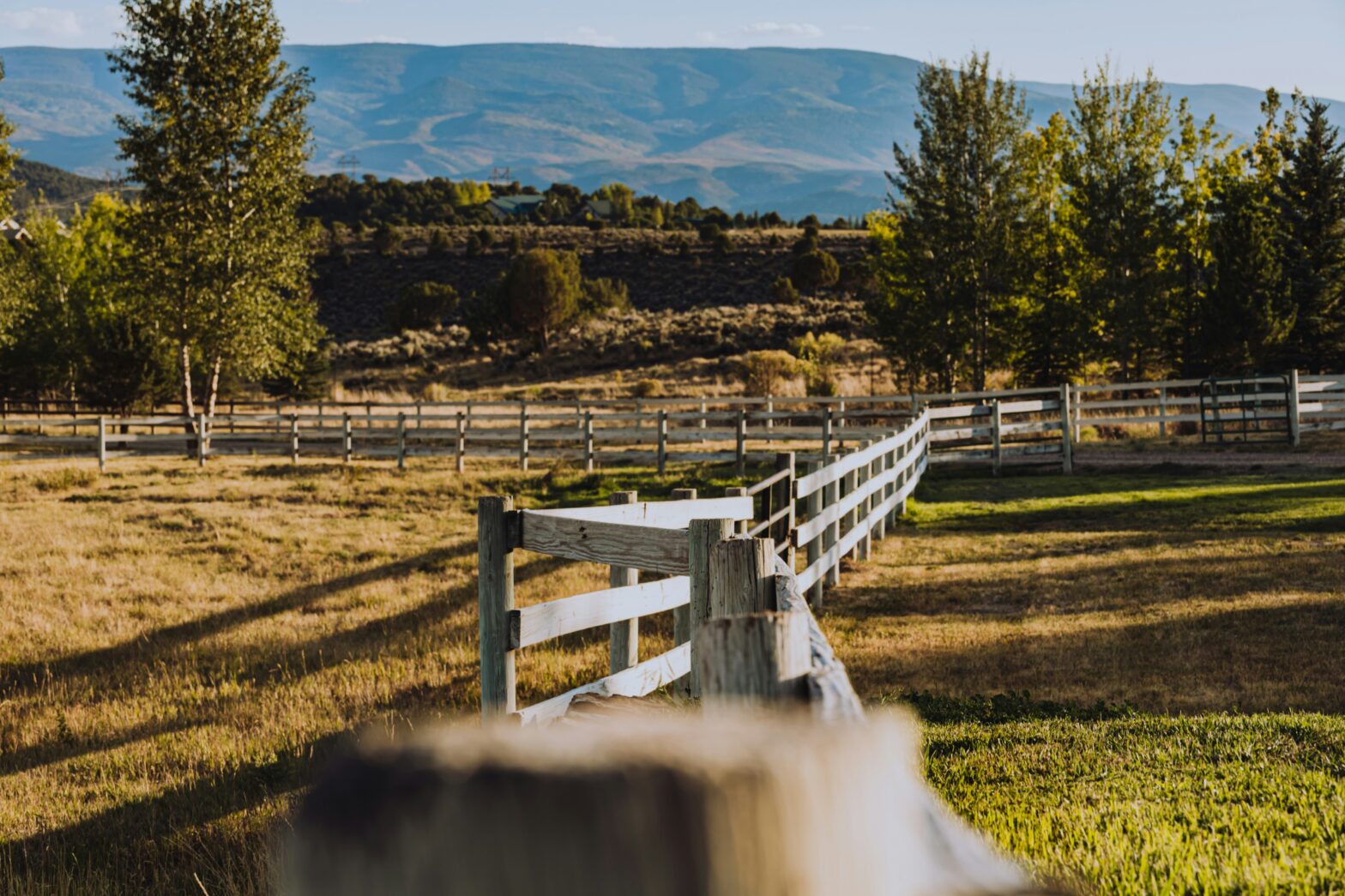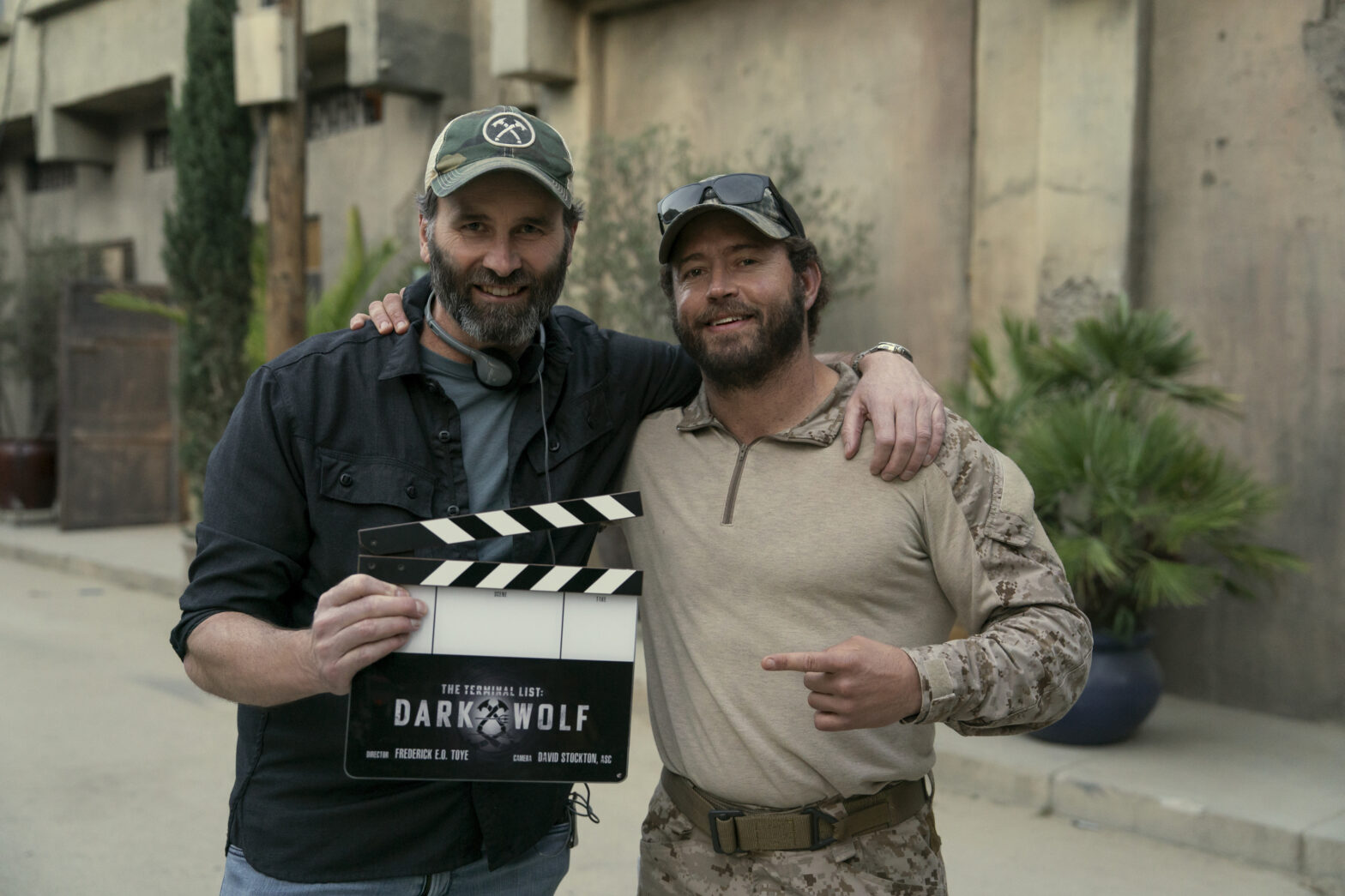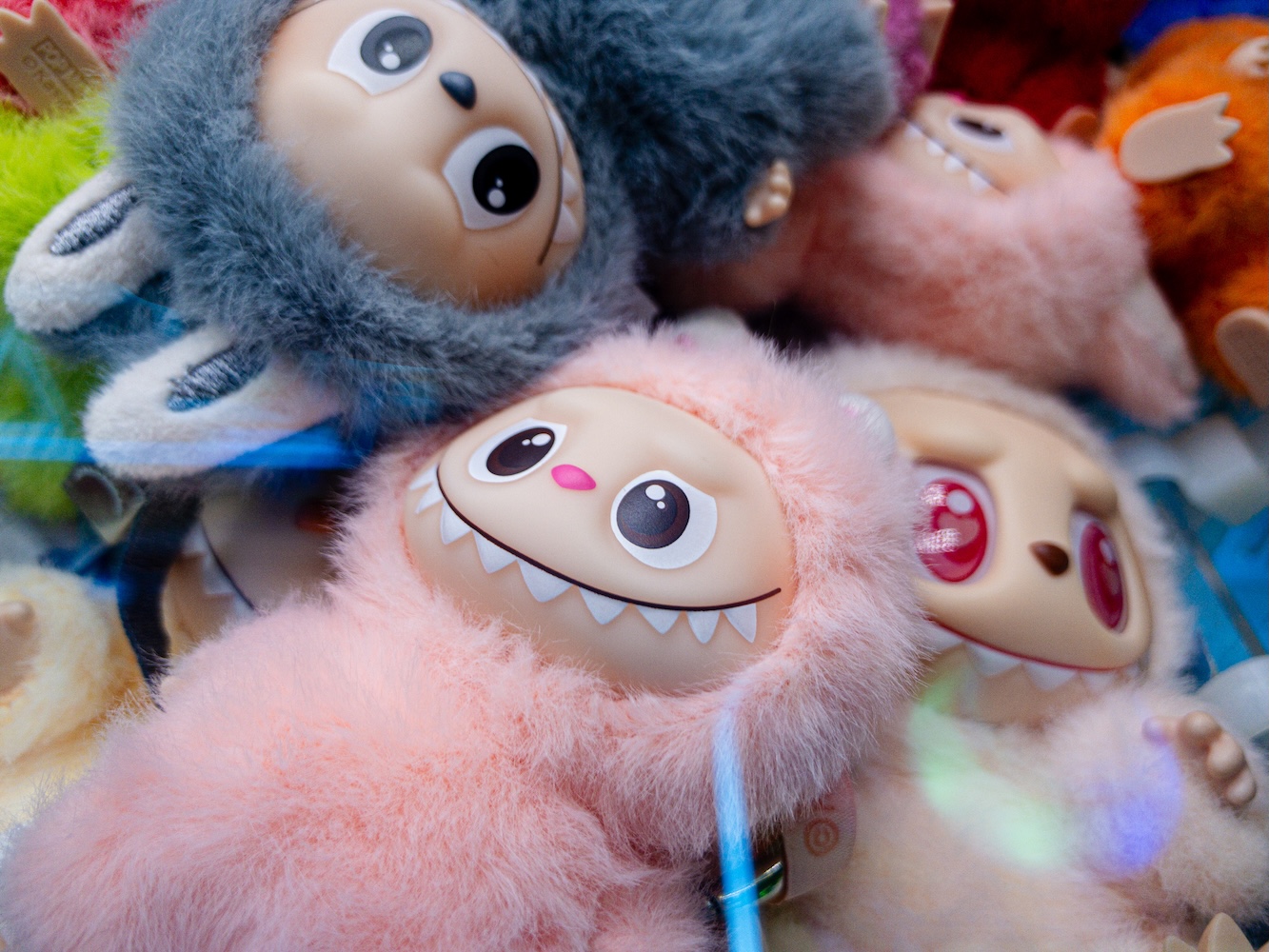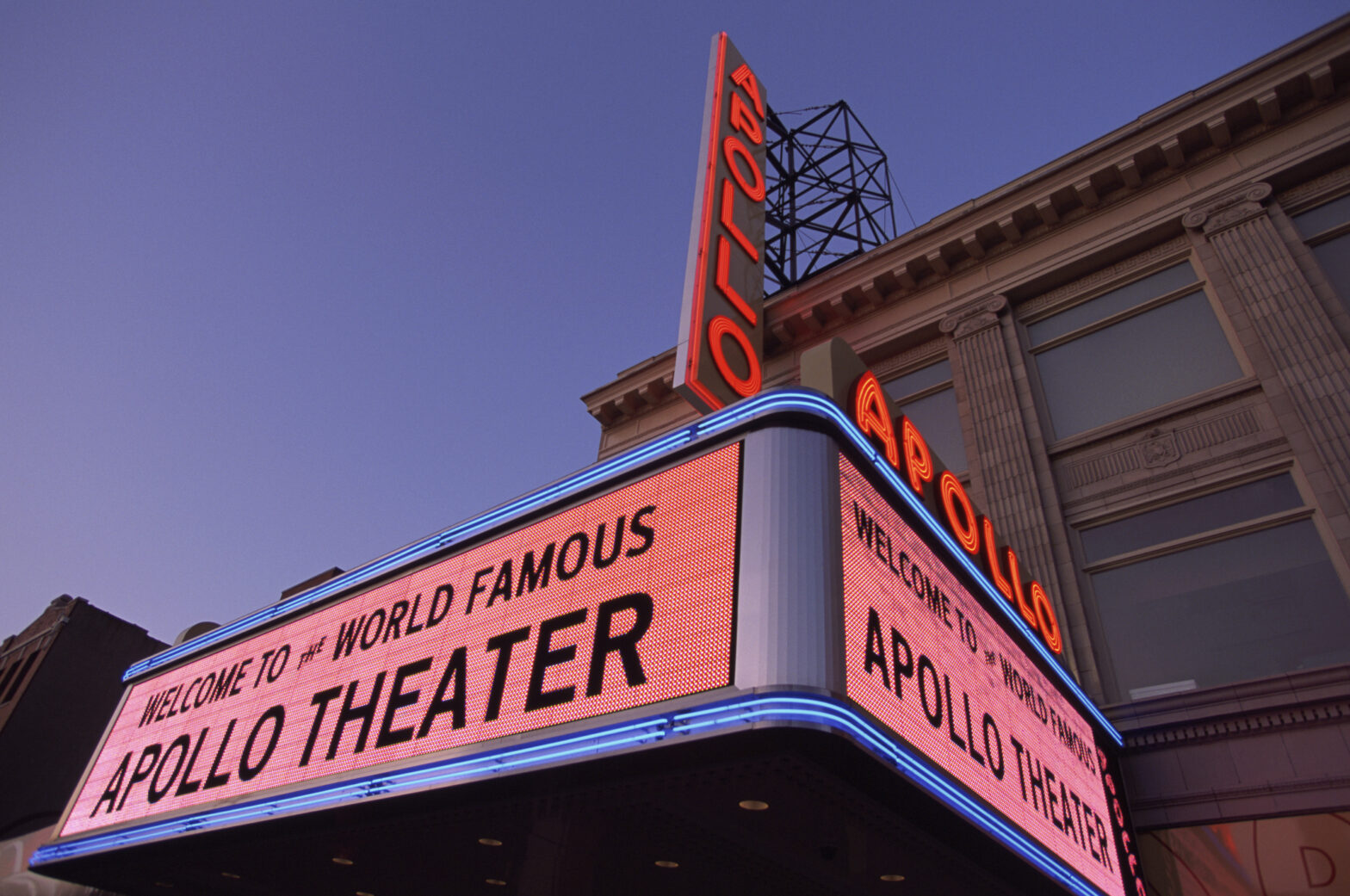From tranquil temples to neon-lit skyscrapers, Japan captivates with its intricate blend of ancient tradition and modern innovation. Most people know Japan for its media entertainment, rich landscapes, and history, making it appealing to travelers wishing to explore the East side of the world. Beyond its renowned cherry blossoms and historic temples, the country has many lesser-known, unique quirks that make it unlike any other country in the world.
Japan’s originality and pioneering efforts are the most plausible reasons its culture and media are so popular. A survey conducted by the Anime News Network in 2020 found that about 67.7 percent of respondents in the United States considered themselves anime fans. This number of people, already in the millions, increases exponentially when you factor in the rest of the world. Also in the millions is the number of tourists that visit the country each year. Before travel restrictions were placed following the COVID-19 Pandemic, Tokyo, Japan saw over 15 million tourists in 2019.
Here are 10 lesser-known facts about Japan that make it even more engaging and fun for lovers of its culture.
Japan Consists of Over 6,000 Islands

Japan is not just a single landmass; it’s an archipelago comprised of over 6,000 islands. This diverse geography contributes to the nation’s rich natural landscapes and a variety of regional cultures. However, the majority of the population resides on the four main islands of Hokkaido, Honshu, Shikoku, and Kyushu. While there are thousands of smaller islands, many of them are uninhabited or have very small populations.
40 Percent of Publications Sold in Japan are Manga
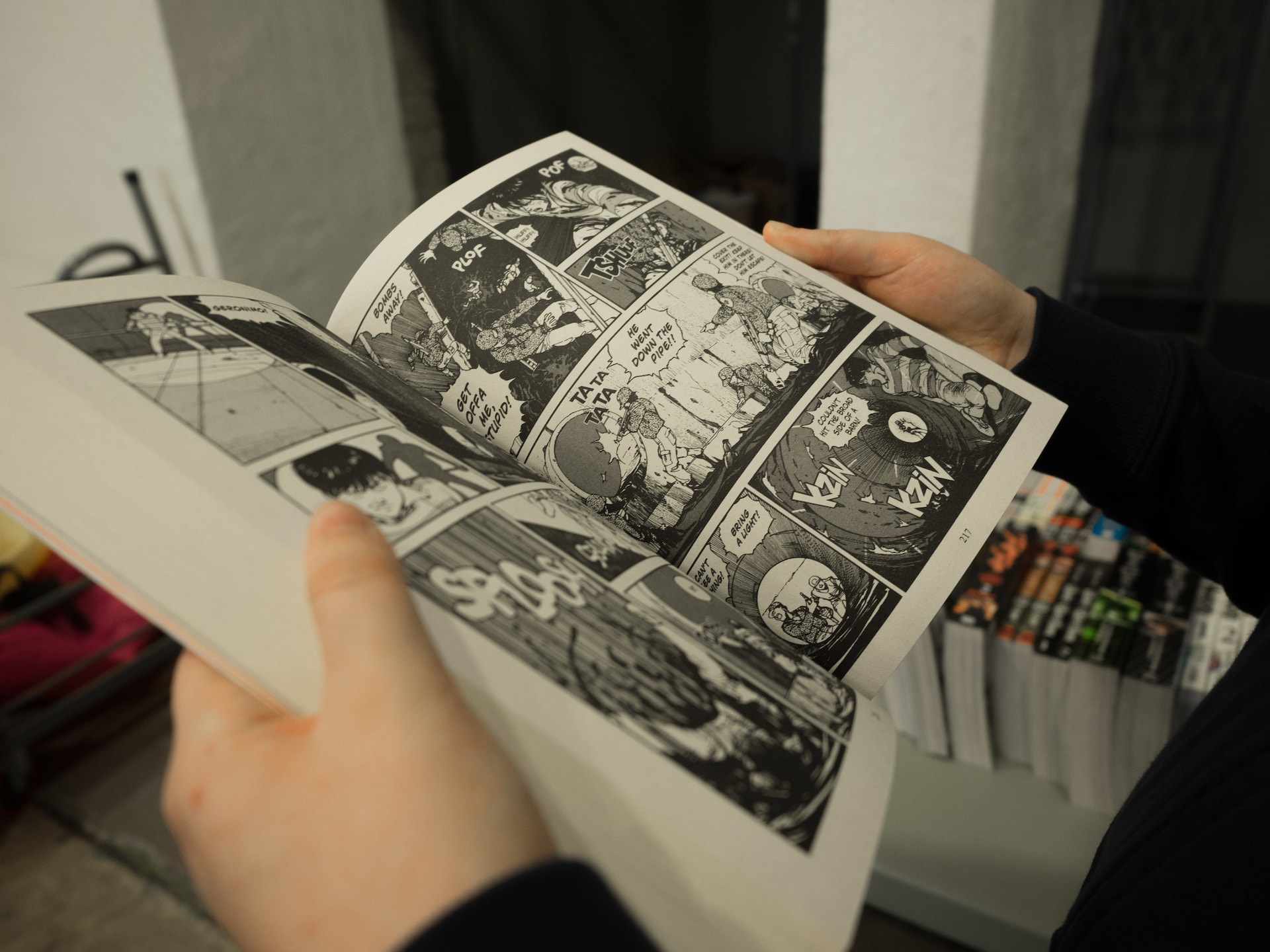
Millions of people around the world read Japanese manga, a style of comics/graphic novels unique to Japan. Astonishingly, 40 percent of publications sold in the country are manga, showcasing the widespread popularity of this unique style of comic book storytelling.
Anime Was Once Used as War Propaganda
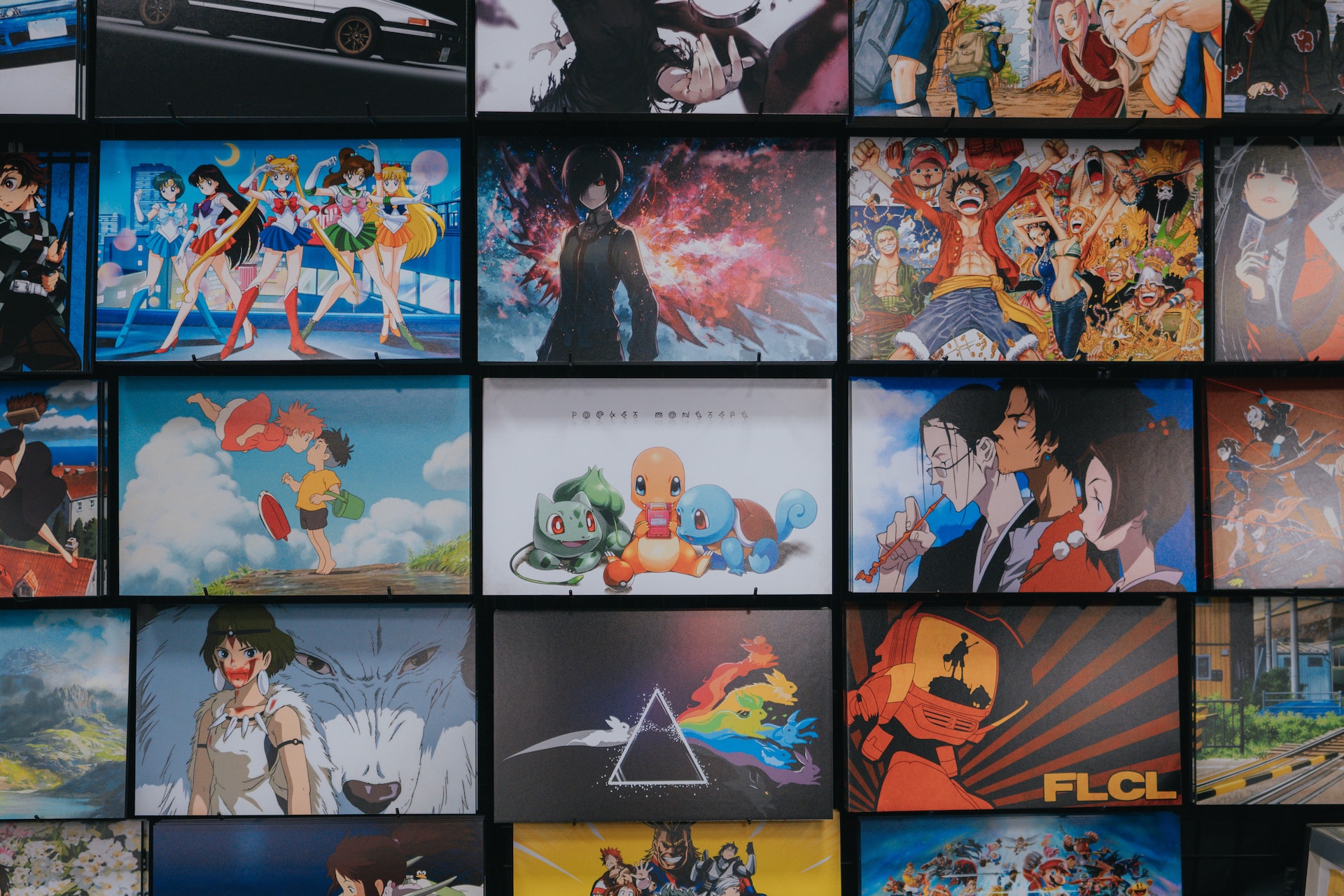
During World War II, anime, the animated form of manga, was employed as a propaganda tool by the Japanese government. The medium was used to disseminate messages, boost morale, and promote nationalistic sentiments among the populace. So how did it become what it is today? Well, it took place over the course of several decades.
After World War II, Japan faced a period of reconstruction. The devastation of the war prompted a need for cultural revitalization and a renewed national identity. Early post-war anime reflected this era, focusing on themes of resilience, hope, and rebuilding. Later, in the early 1960s, Osamu Tezuka (often referred to as the “God of Manga”) created “Astro Boy” (“Tetsuwan Atomu”), one of the first animated television series. “Astro Boy” marked a shift from wartime propaganda, embracing themes of adventure, friendship, and the potential of science and technology for the betterment of society. From here its popularity led to anime artists and writers experimenting with other topics and themes for their anime that eventually led to what anime is today.
Nakizumo Crying Baby Festival Is a Yearly Tradition

Nakizumo is one of the seemingly absurd fun facts about Japan. The country hosts an annual Nakizumo, or Crying Baby, festival where sumo wrestlers compete to make infants cry. The first baby to cry is believed to be blessed with good health, and the event is considered a delightful and unconventional celebration of life. The idea behind the festival is best explained by Sarah Koh for Japan Travel, who writes that “naku ko wa sodatsu” means “crying babies grow.” Koh also wrote that if multiple babies begin to cry at the same time, the baby that cries the loudest is considered the winner.
Japan Has the Highest Life Expectancy in the World
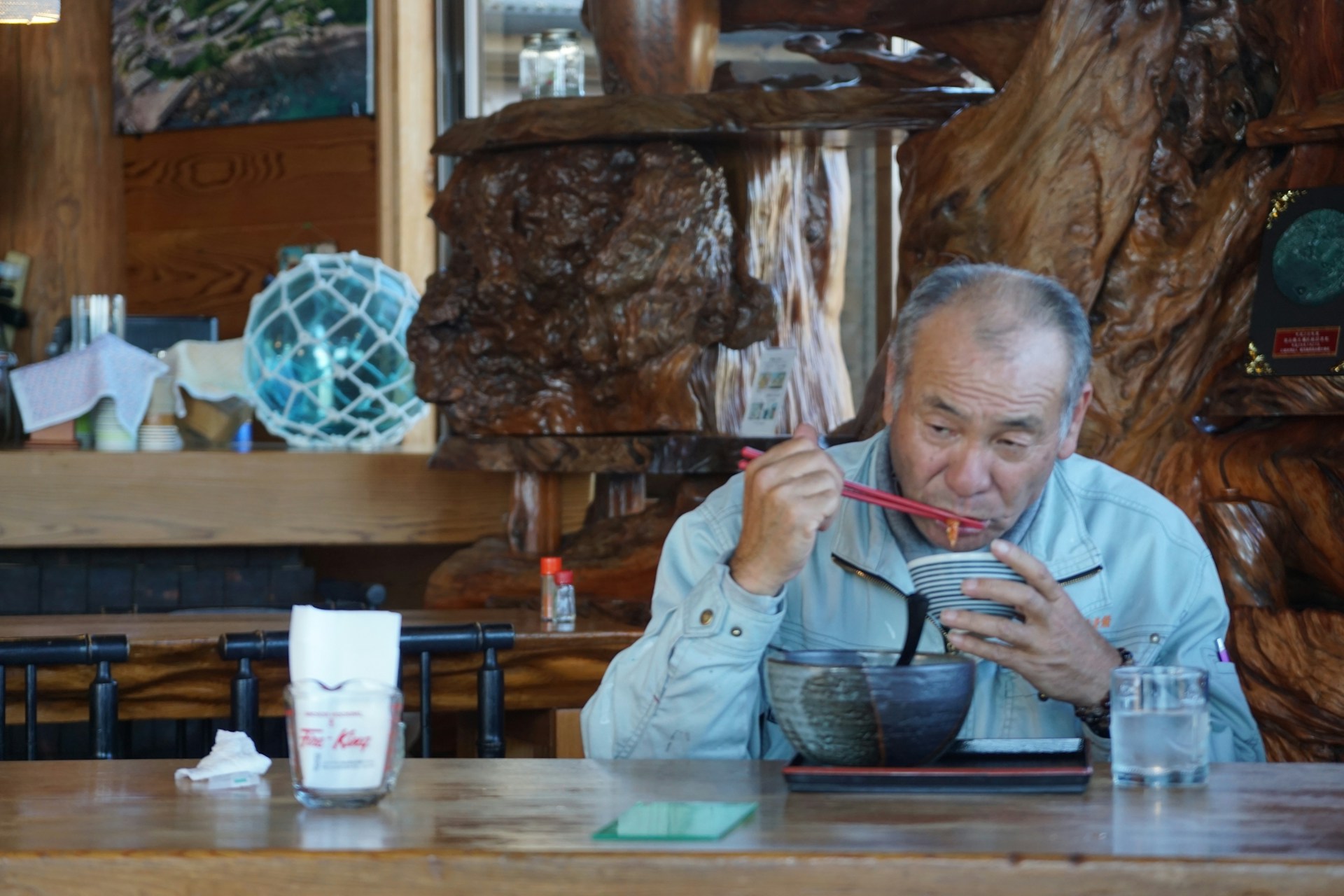
Japan boasts the highest life expectancy in the world at about 84 years old. The Japanese people’s longevity is often attributed to a combination of healthy diets, active lifestyles, and access to advanced healthcare. Okinawa, Japan is famous for its eating tendencies of low fats, high carbs, and mainly seafood as a protein source. Recently, this lifestyle has caught on as a diet trend in the West.
Japan Has a Huge Variety of Vending Machines
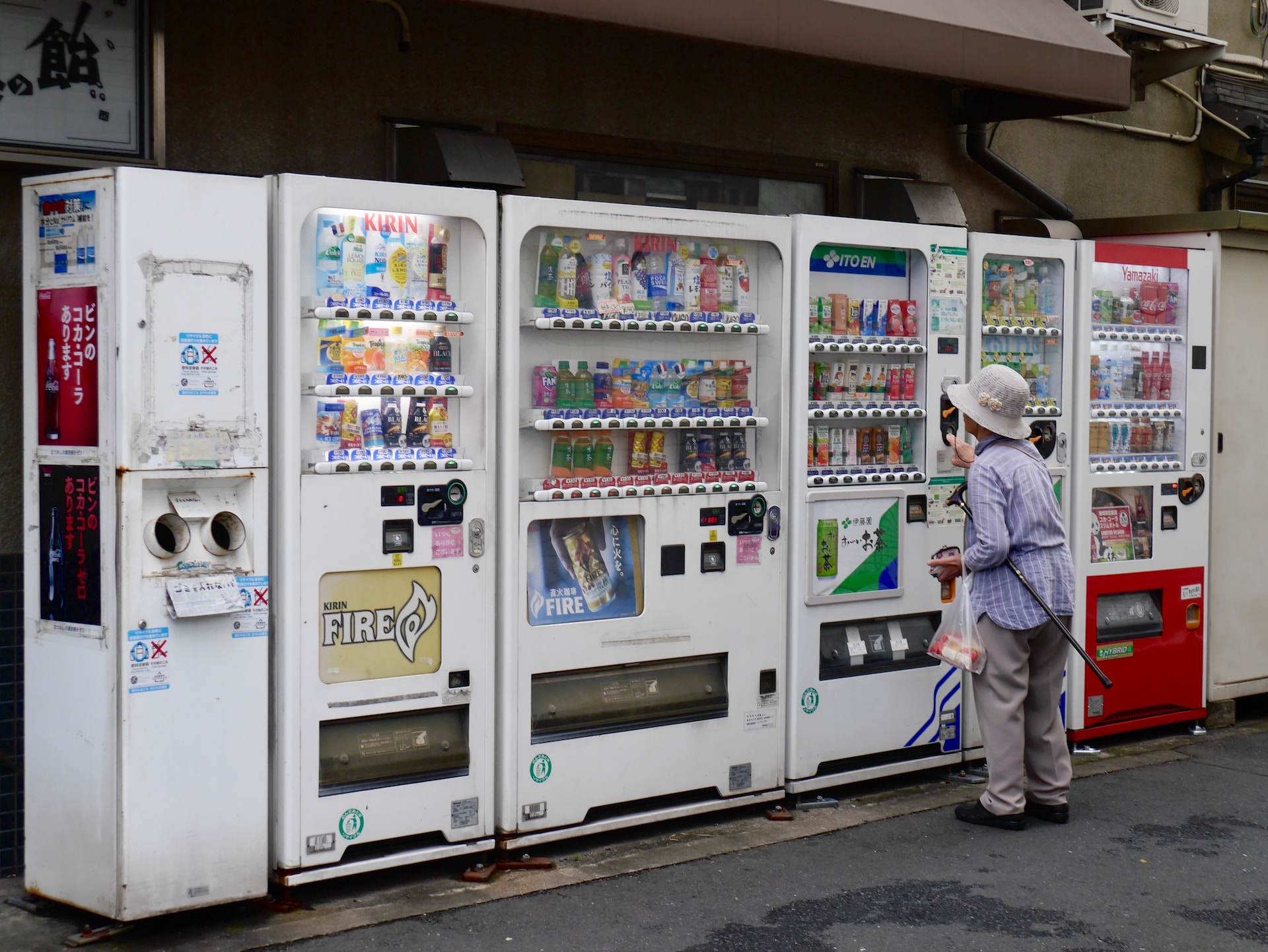
In Japan, vending machines are not just for snacks and drinks. From umbrellas to fresh eggs and even underwear, these machines offer an astonishing array of products, reflecting the country’s convenience-oriented culture. Harrison Jacobs for Business Insider reports, “There is approximately 1 vending machine per every 23 people, according to the Japan Vending Machine Manufacturers Association. Annual sales total more than $60 billion.”
The World’s Longest Standing Business Is in Japan
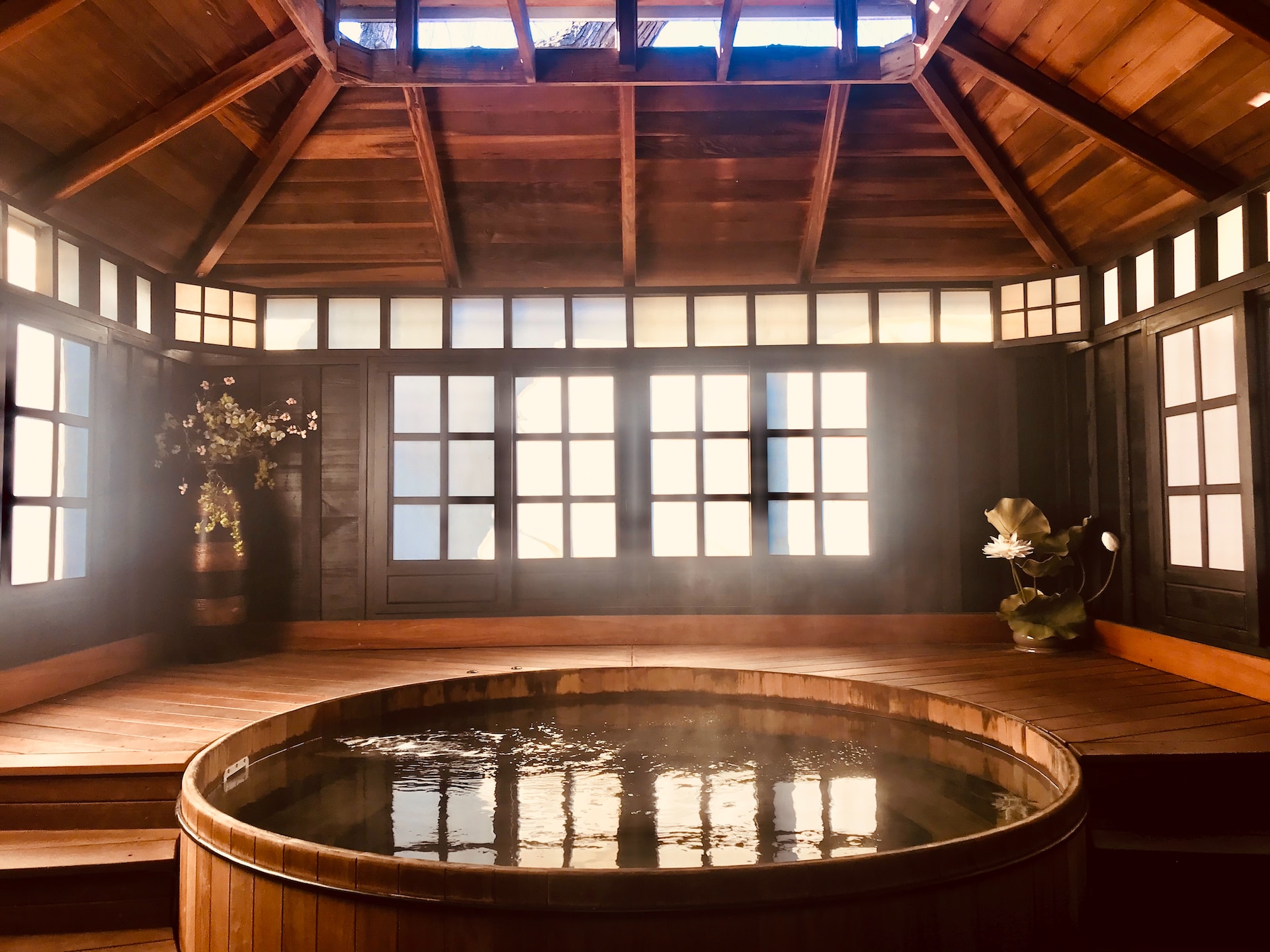
The world’s oldest continuously operating business is a hot springs inn in Japan. Founded in 705 AD, Nishiyama Onsen Keiunkan has been providing guests with relaxation and rejuvenation for over 1,300 years. More astonishing, it has been owned and operated by the same family for 52 generations. It is certified as the world’s most historical inn by the Guinness Book of World Records.
Eating KFC on Christmas Eve Is a Japanese Tradition
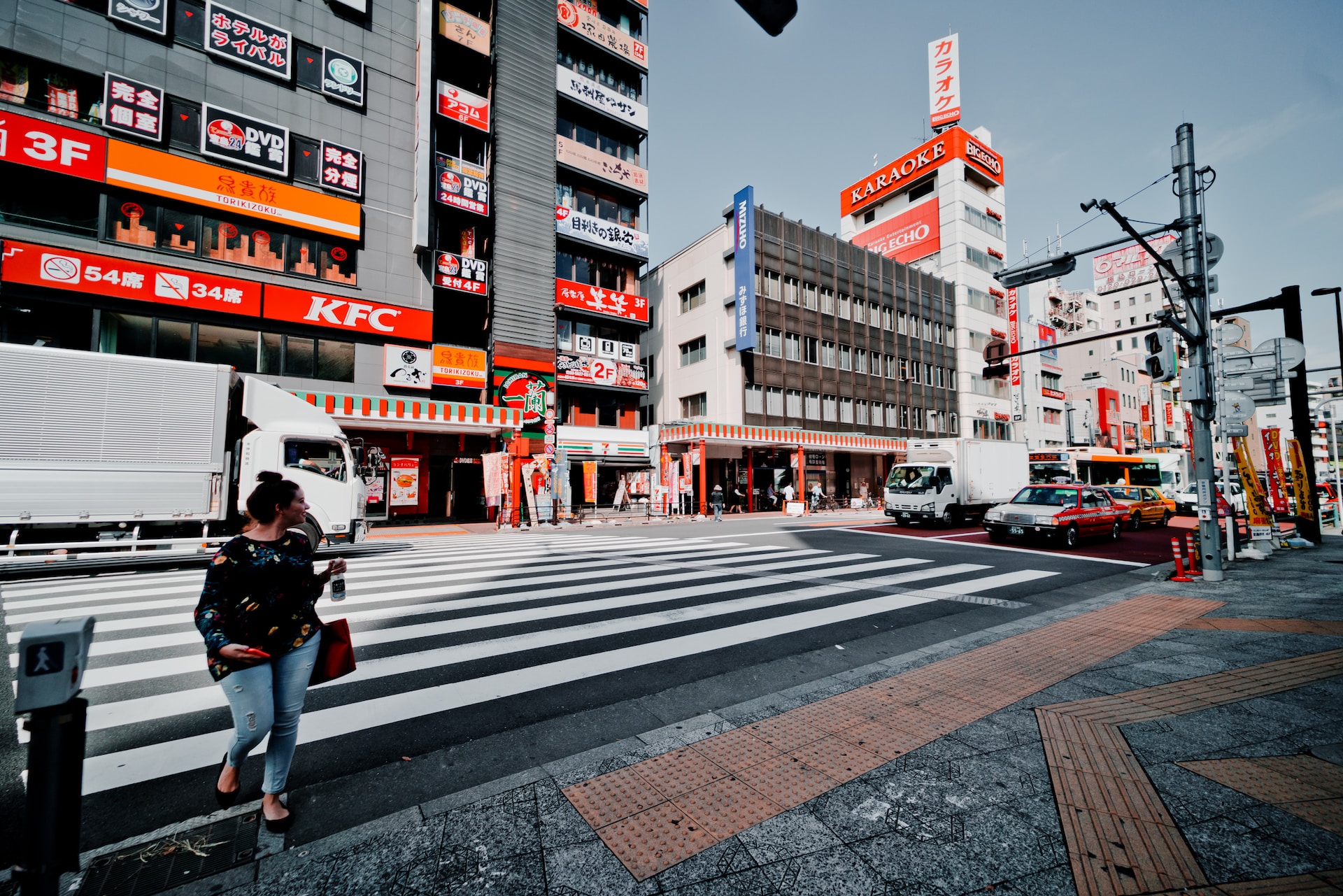
In a quirky twist on holiday traditions, many Japanese families celebrate Christmas with a feast from a surprising source—Kentucky Fried Chicken (KFC). This unique custom, which began as a marketing campaign in 1974, has evolved into a beloved annual ritual for many Japanese households. KFC locations in Japan are decorated for the season and promote the holiday with the slogan, “Kentucky for Christmas.” An estimated 3.6 million Japanese citizens partake in this tradition and orders are placed weeks in advance.
Godzilla Is a Metaphor for Nuclear Weapons
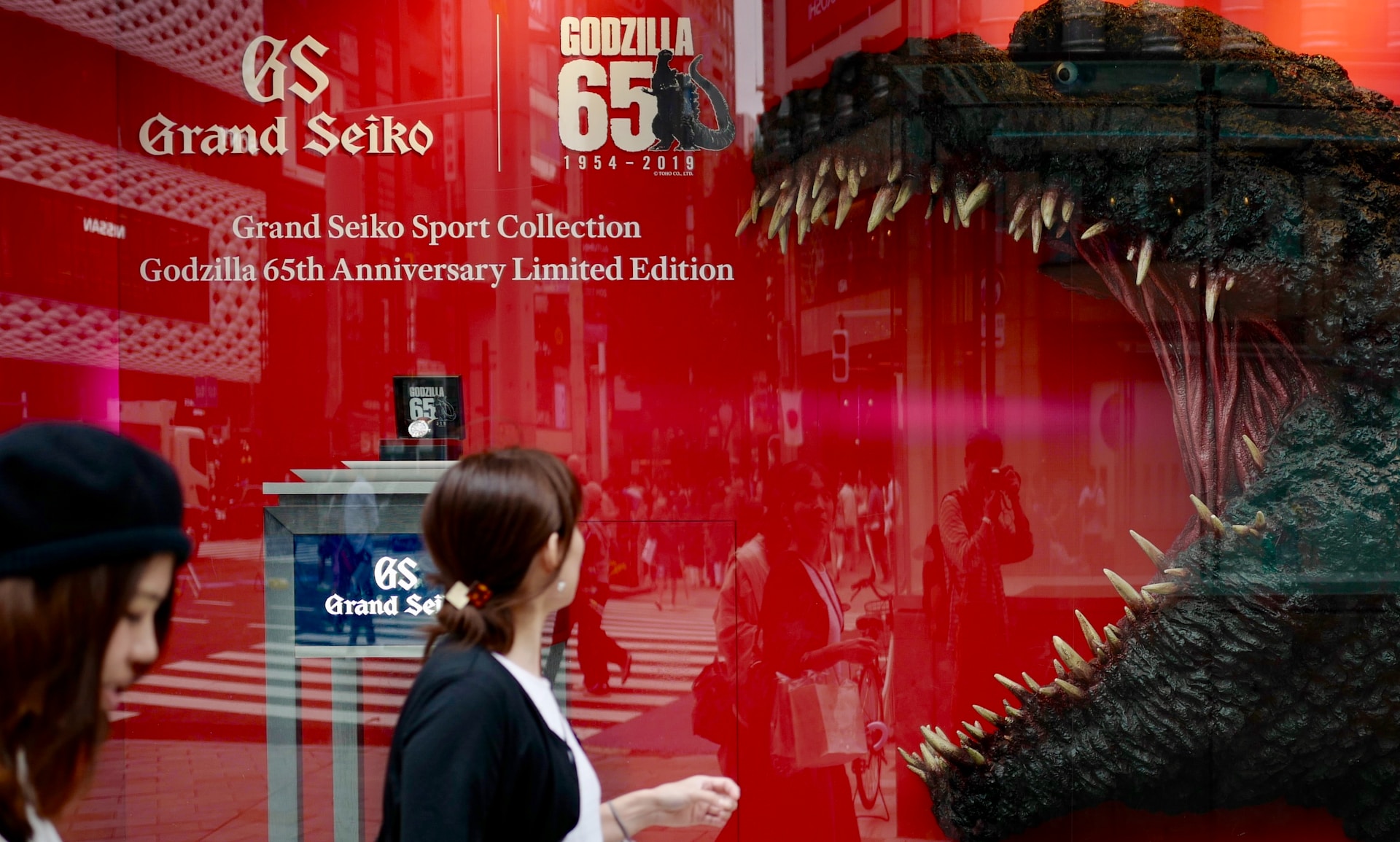
The iconic character Godzilla was initially conceived in Japan as a metaphor for the destructive power of nuclear weapons. It specifically represented the United States and its atomic bombings on Japan. Over time, Godzilla has evolved into a symbol of resilience and a cultural icon. Godzilla’s relationship with the citizens it protects in later films is representative of the changing relationship between Japan and the US.
Japan Is Considered One of the Safest Countries in the World
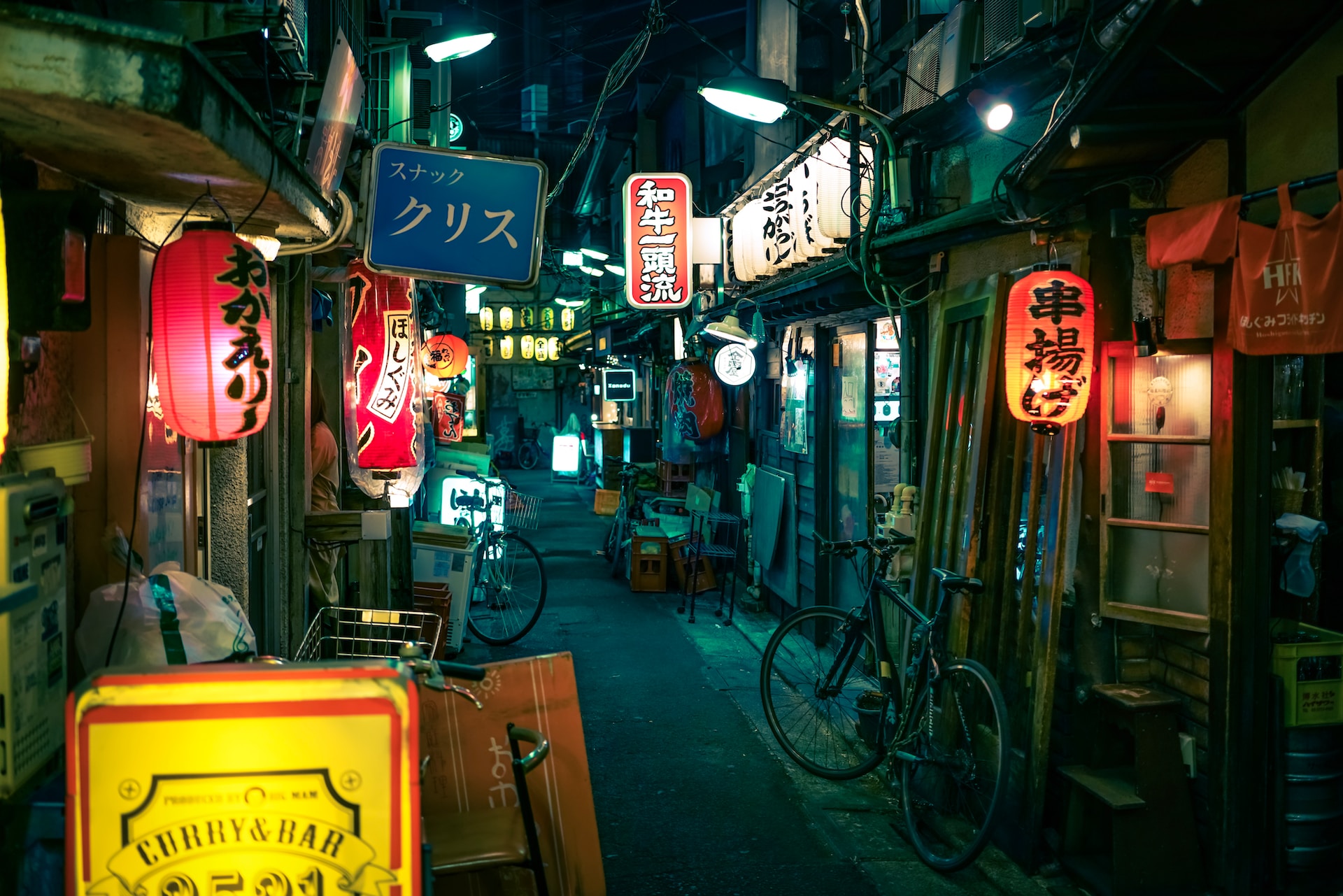
Japan consistently ranks as one of the safest countries in the world despite its bustling cities. Low crime rates and a strong emphasis on community values contribute to the overall sense of security experienced by residents and visitors alike. Visitors say you can leave your wallet behind in a public area in Japan for hours and likely return to it still being there.

